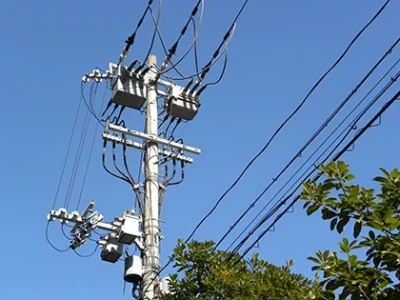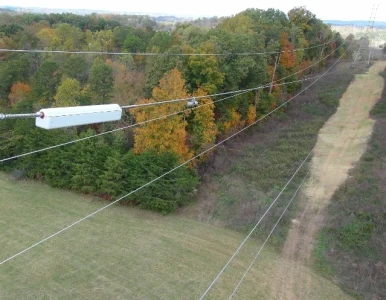Winter Is Upon Us... Are Your UPS and Batteries Ready?

Like tire treads on an automobile, UPS (Uninterruptible Power Supply) batteries deteriorate and wear with age to the point where they often provide a false sense of security and you may be heading down a slippery slope with no protection for your critical loads. Depending on their usage, these vital components, if not monitored, may cause a serious crash of your data center or process control system. Simply put, batteries begin to wear the minute they leave the factory and, depending on their duty, they may wear much faster than you might expect. Temperature, cycling, and proper charging techniques play a huge role in the life expectancy and it’s important to have a qualified trained technician perform annual inspections and testings.
1. Temperature: Is the appropriate charge rate set for the ambient room temperature? A room temperature of 25C (77F) will normally provide a balance of good performance and maximum life expectancy. Colder temperatures will produce lower amp-hour capacity, however cooler rooms help slow down the chemical reaction and thus increase the life expectancy. If the charger float voltage is set at 25C (77F) and the batteries are exposed to a 35C (95F) ambient, the battery life expectancy is cut in half.
2. Cycling: The number of times your UPS discharges and recharges also has a huge impact on the battery life. Some batteries are designed with thicker plate material, so like your automobile tire tread there’s more surface area and therefore the wear factor is reduced, yielding a longer life. Batteries with thinner plates will typically have a shorter life, however, they are often found in many UPS applications as they can deliver higher rates of power, unlike thick plates used in telecommunication applications where longer run-times are required.
3. Charging Techniques: many improvements have been made in this area, however, surprisingly there are still many older systems that are charging newer batteries, many of which are not equipped with temperature compensation features which auto adjust float voltages as we move from warmer seasons to colder ambient conditions. It’s also important to check the filtering capacitors inside these older chargers as over time they become weak and consequently subject the batteries to damaging high ripple voltages.
Read the complete article here: http://online.electricity-today.com/winter-20172018/~30/









